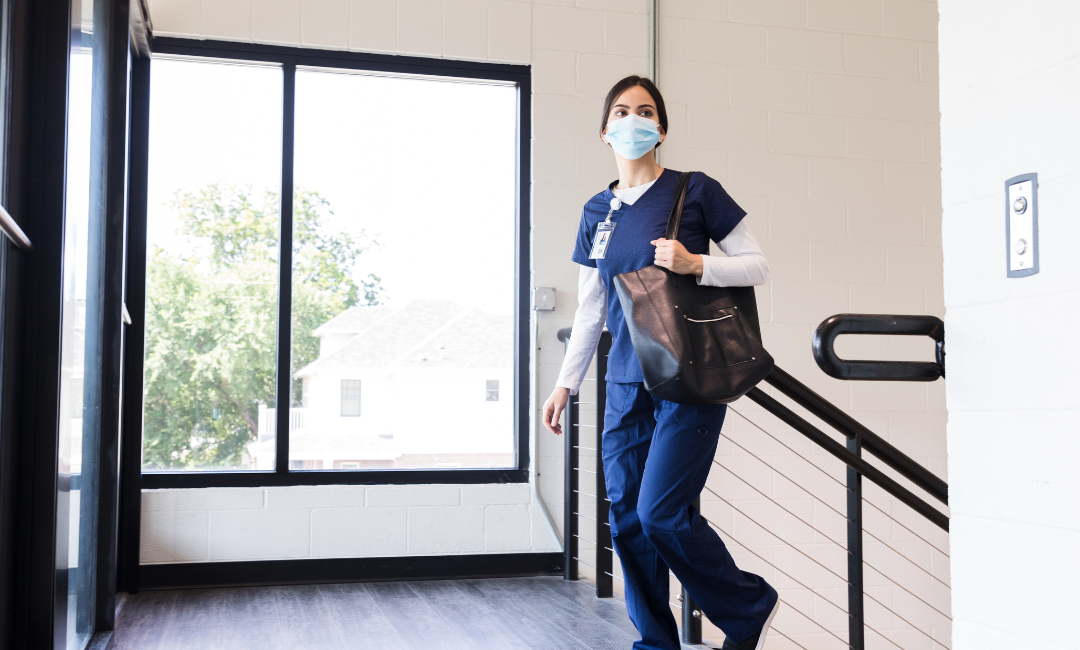Starting Surgery – Second Timeout
After the patient is prepped for the procedure, the circulator calls another timeout before the scalpel is handed to the surgeon. This timeout is long, but informative.
Verification of the patient’s name and birthday is repeated once more. Following, the team will validate that the site is marked correctly, any patient allergies are noted as well as a record of last meds given and lab values, again.
Additionally, the team assesses and determines if the procedure will cause a fire risk. From there, we will take note of where the fire extinguisher is located.
Any necessary imaging is already on the screen to be reviewed by the surgeon before the procedure.
Extra supplies and equipment issues are also noted.
From here, the anesthesiologist will confirm the American Society of Anesthesiologists (ASA) Physical Status Clarification System, which uses numbers one through six to determine the patient’s pre-anesthesia medical comorbidities.
For example, one can be a healthy patient and a six typically means that a patient is brain-dead.
They also verify that the prophylactic antibiotic has been given before the procedure if necessary.
The surgeon then follows with his plan for the procedure, how long it will be, and how much blood loss may occur.
Lastly, everyone goes around the room and introduces themselves and their job to the people who are new or just joining the operating room.
If everyone agrees, the procedure may begin.








